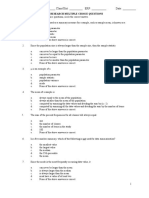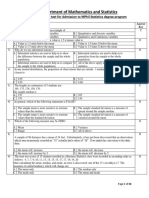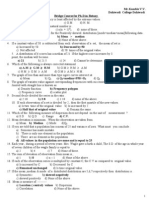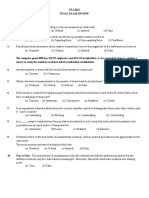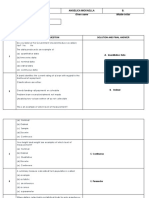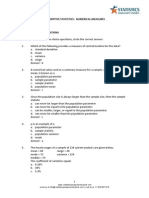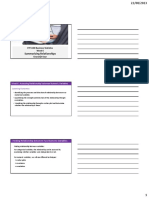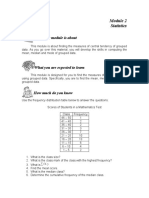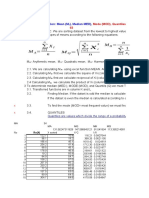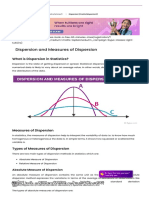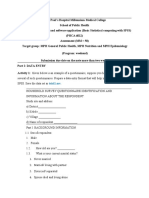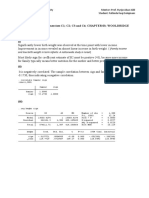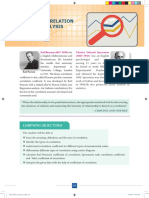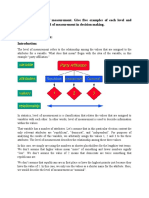0% found this document useful (0 votes)
45 views7 pagesBiostatistics Solved 4
The document contains review questions on biostatistics, including multiple choice and true/false questions covering topics such as sample statistics, measures of central tendency, and data summarization. It includes data sets for analysis and various statistical concepts like variance, standard deviation, and frequency distributions. The questions are designed to test knowledge and understanding of biostatistics principles.
Uploaded by
makwayanassoro0Copyright
© © All Rights Reserved
We take content rights seriously. If you suspect this is your content, claim it here.
Available Formats
Download as PDF, TXT or read online on Scribd
0% found this document useful (0 votes)
45 views7 pagesBiostatistics Solved 4
The document contains review questions on biostatistics, including multiple choice and true/false questions covering topics such as sample statistics, measures of central tendency, and data summarization. It includes data sets for analysis and various statistical concepts like variance, standard deviation, and frequency distributions. The questions are designed to test knowledge and understanding of biostatistics principles.
Uploaded by
makwayanassoro0Copyright
© © All Rights Reserved
We take content rights seriously. If you suspect this is your content, claim it here.
Available Formats
Download as PDF, TXT or read online on Scribd
/ 7











